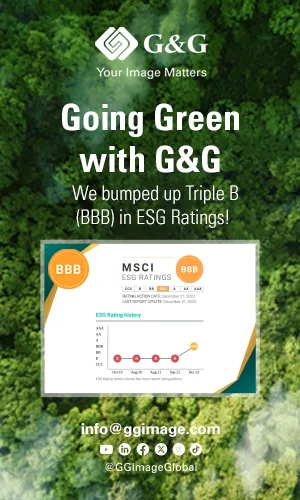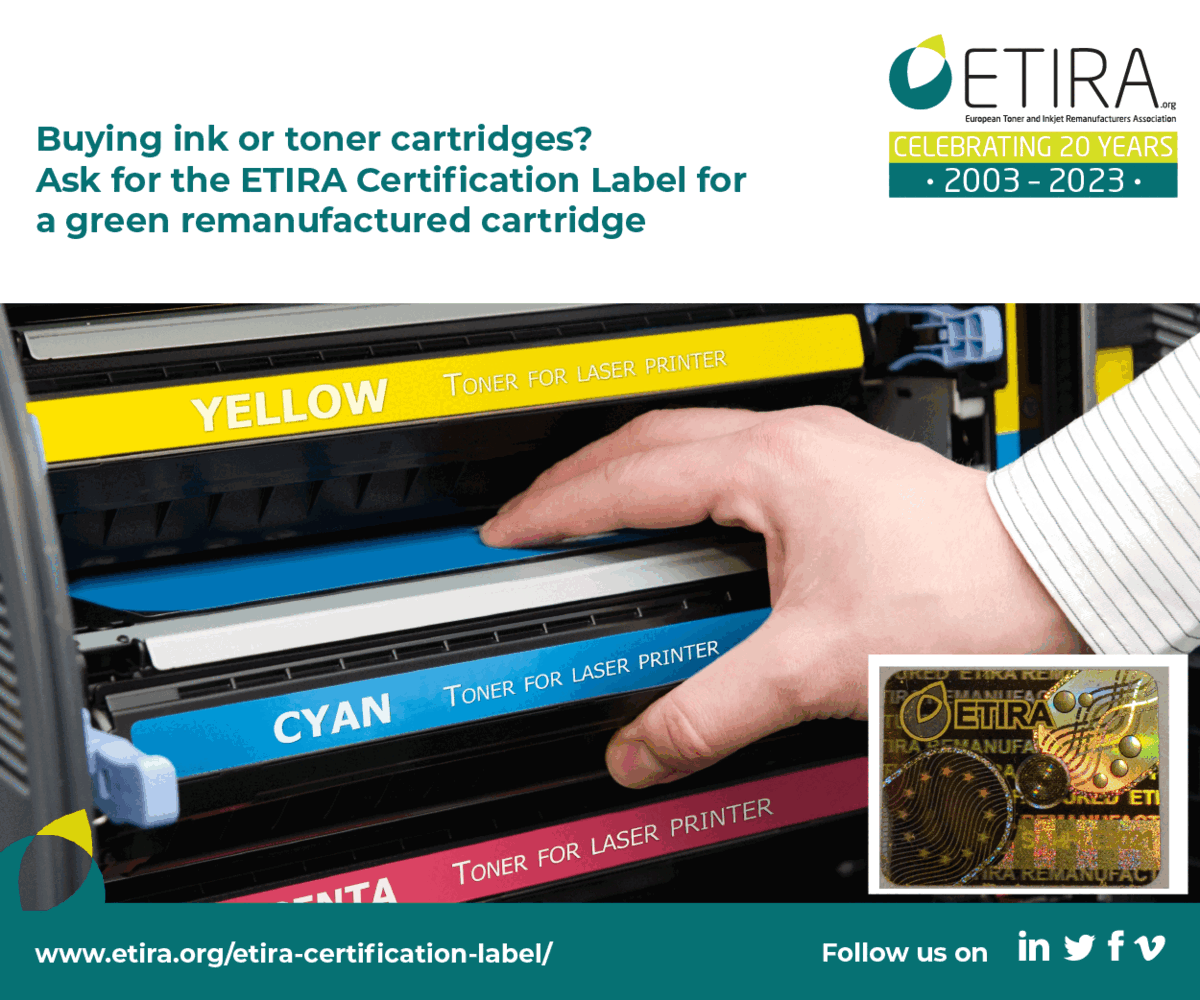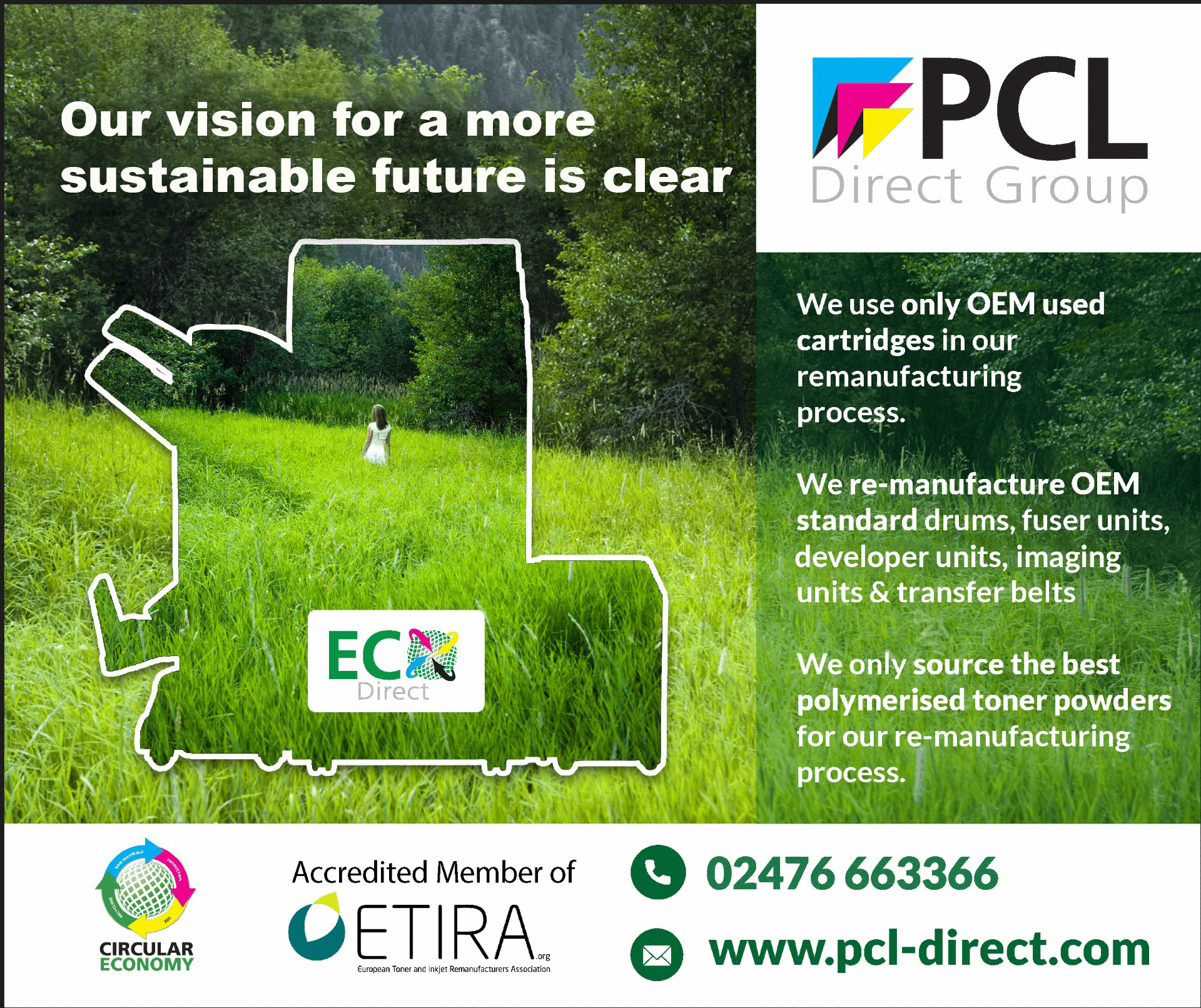World Environment Day is celebrated on 5th June every year. This year the focus is on Ecosystem restoration. What does that mean, and what is the impact for office imaging.
This year’s World Environment Day is celebrated on 5th June, and this year the focus is on Ecosystem restoration. What is that you say? And what is the impact on office imaging?
Twenty years ago, the Chinese town of Guiyu was in the news following the publication of a report by the Basel Action Network showing the high levels of e-waste pollution in the town. Guiyu was the final resting place for container loads of printers and cartridges.
One hundred fifty thousand people shared Guiyu town with piles of e-waste. Alongside open fires burning off cable insulation, melting PCB’s and so on in primitive and dangerous conditions. Others ripped apart printer cartridges to extract toner and aluminium. The water and land became so polluted with broken monitor glass laden with lead and plastic e-waste. It dislocated the ecosystem, and drinking water has to be brought in by truck.
Beijing moved swiftly and on the back of an outcry by western environmental groups like the Basel Action Network and stories in the Chinese media about young children working on e-waste recovery and the poisoning of local water supplies by toxic waste.
The town has been transformed, and the local authorities built workshops to house the recyclers. In 2013, local authorities set up the National Circular Economy Pilot Industry Park to regulate the industry. Guiyu is a different place today, but if you look closely, the remnants of the old waste activities are there to be seen.
Suppose Guiyu was the final resting place for printers and cartridges. In that case, it is worth looking at aluminium’s production, that versatile metal that is the OPC core of every laser printer cartridge.
Aluminium is a versatile, highly sought-after metal because it can be reused time and again. What’s more, it is economical to produce. Recycling aluminium requires 90% less energy than producing virgin aluminium from bauxite, the world’s primary source of virgin aluminium. To make aluminium, bauxite needs to be chemically processed to produce aluminium oxide. The aluminium oxide (alumina) is smelted using an electrolysis process to create pure aluminium metal.
While aluminium is easy to reuse, there is a downside. In 2010, dozens of homes in the western village of Kolontar, Hungary, were made uninhabitable by sludge, a waste product of processing bauxite. More than 1 million cubic metres of liquid waste (highly alkaline, also containing toxic metals) was released when a dam, holding back the lake of sludge, burst. As a result of the leak, ten people died, including a 14-month-old baby. The toxic spill devastated towns and rivers in the west of the country. The deaths were attributed to incorrect waste processing during the alumina production process. In 2019, ten people were convicted of the crime.
These are just two examples of human-made ecosystem catastrophe’s. You could add many more from oil spills, deforestation etc.
Office imaging uses oil, aluminium and timber in the production of printers and consumables. As an industry embedded in reuse, we have to ensure we only use virgin resources where vital and reuse more to prevent future ecosystem dislocation.
So how can we fix the problem? Because if we are to feed ourselves, we need to fish in unpolluted rivers and oceans, grow food in unpolluted fields. We do need, as a society, need to fix the problem.
According to the United Nations, “between now and 2030, the restoration of 350 million hectares of degraded terrestrial and aquatic ecosystems could generate US$9 trillion in ecosystem services. Restoration could also remove 13 to 26 gigatons of greenhouse gases from the atmosphere. The economic benefits of such interventions exceed nine times the cost of investment, whereas inaction is at least three times more costly than ecosystem restoration.
Ecosystem restoration means assisting in the recovery of ecosystems that have been degraded or destroyed, as well as conserving the ecosystems that are still intact. Healthier ecosystems, with richer biodiversity, yield greater benefits such as more fertile soils, bigger yields of timber and fish, and larger stores of greenhouse gases.
Restoration can happen in many ways – for example through actively planting or by removing pressures so that nature can recover on its own. It is not always possible – or desirable – to return an ecosystem to its original state. We still need farmland and infrastructure on land that was once forest, for instance, and ecosystems, like societies, need to adapt to a changing climate.”
As we approach World Environment Day on the 5th June, please share with us your thoughts about how the office imaging industry can contribute and make a planet a better place.











